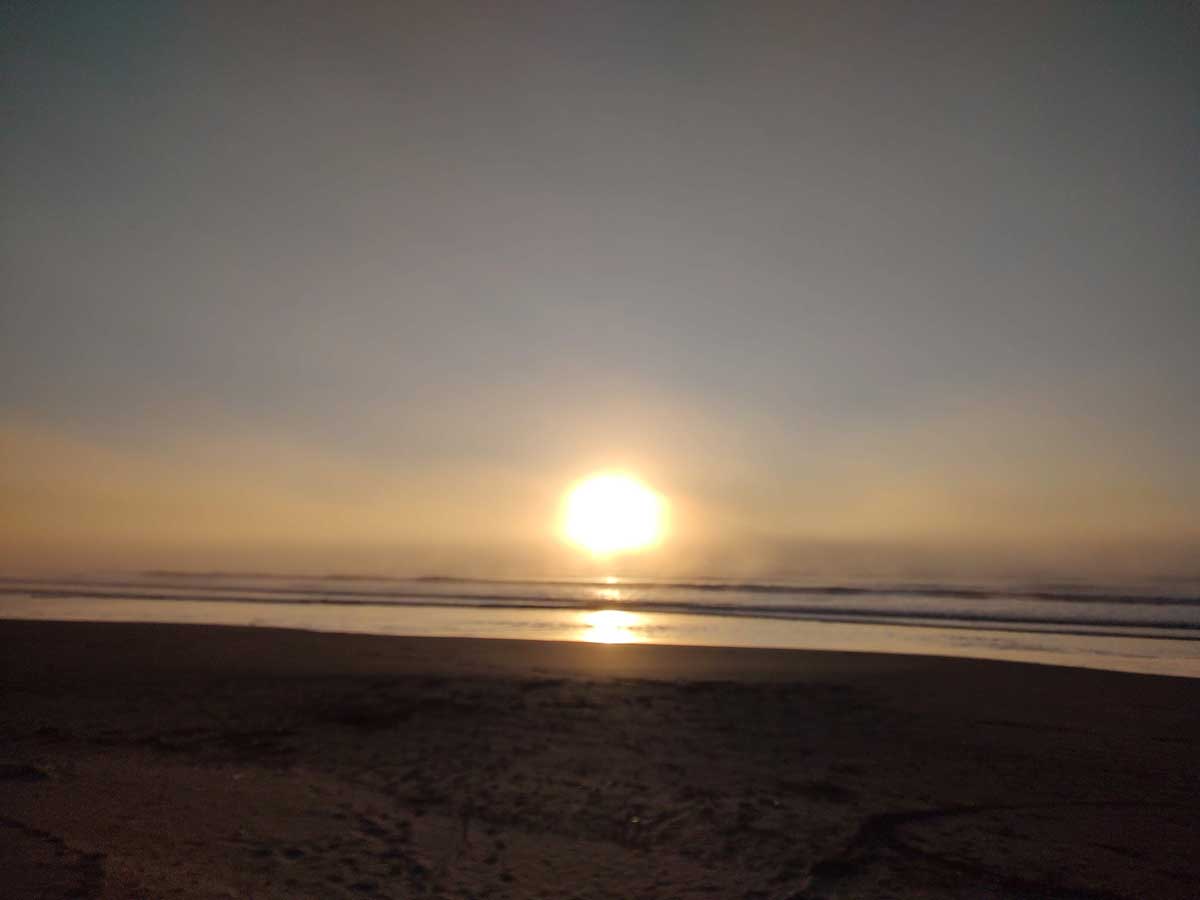The Five Stages of Practice
Practice first — clarity comes later. Each time you begin again, you are not where you started.

At first, you do not know the step.
Your hand feels clumsy, your stance uncertain. You think: Am I doing it wrong?
But wrong or right does not matter at the beginning. What matters is that you step. That you enter.
For practice is not about perfection at the start. It is about exploration. You move to see what happens. You stumble, and in the stumbling you discover where balance lives.
Discovery arrives as a quiet moment — a shape in the fog becomes clear. You feel the posture, the strike, the turn. Now you know where you are going.
Through repetition, you learn. The movement begins to belong to your body. Each cycle, each spiral deepens the imprint.
Then comes growth. You bring your imperfect effort to your teacher, and because you have walked the path yourself, the correction finds fertile ground. You understand not just the words, but the meaning behind them.
And then, one day, after many cycles, you create. The form is yours, yet no longer bound. It adapts, flows, and takes new life in your hands.
Practice is not a straight line. It is a circle that ascends, a spiral that lifts you through exploration, discovery, learning, growth, and creation.
Each time you begin again, you are not where you started — you are higher, closer to mastery, closer to yourself.
Many students hesitate to practice because they're afraid of "doing it wrong." But the truth is:
practice first — clarity comes later.
The Five Stages of Practice
Exploring
At first, you don't know if your move or posture is correct. That's normal. Exploration is how you begin. Don't wait for perfection — use practice as your tool for discovery.
Discovering
After repetition, you'll feel what works. The movement starts to click. You realize the posture's purpose, the strike's alignment, the step's balance.
Learning
With this clarity, repetition builds skill. The technique becomes part of your body. You start to move with confidence instead of hesitation.
Growing
Now your teacher's corrections reach deeper. Because you've invested effort, guidance resonates. You refine, polish, and expand.
Creating
At the advanced stage, the technique is yours. You can adapt it to new contexts, apply it differently, and even give it new meaning. This is where art emerges from discipline.
The Spiral, Not a Line
You'll cycle through these stages many times. Each loop feels like returning to the beginning, but in truth you are climbing upward — the spiral of mastery.
Key lesson: Don't wait to be perfect before you begin. Begin imperfectly. Let exploration lead to discovery, discovery to learning, learning to growth, and growth to creation.
This is the path within practice.